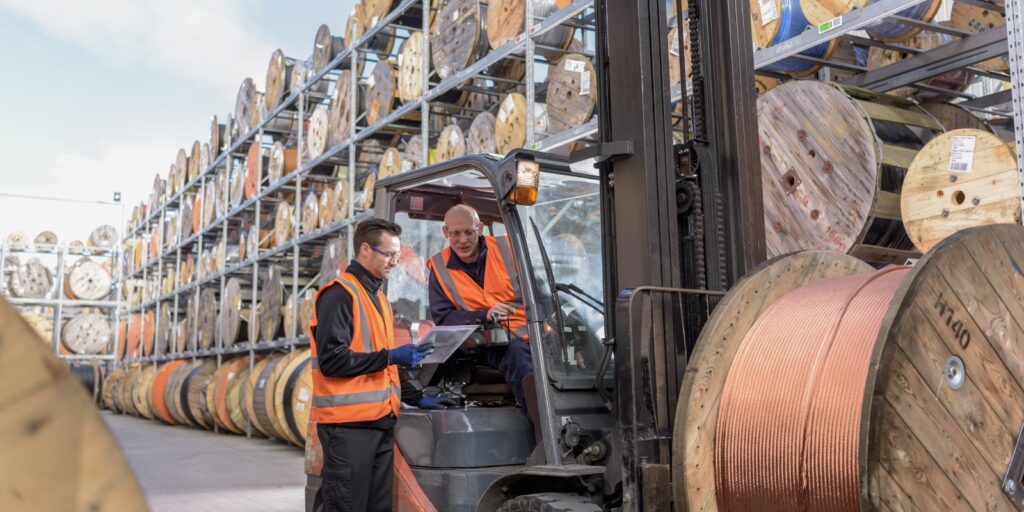A Job Safety Analysis (JSA) or Job Hazard Analysis (JHA) helps identify workplace hazards before they occur. But what does OSHA consider a workplace hazard, and what kinds of jobs are most hazardous under that definition? From the perspective of the Occupational Safety and Health Administration, a hazard is a situation or condition that has “the potential for harm.” According to the agency’s booklet on JSAs, “a hazard often is associated with a condition or activity that, if left uncontrolled, can result in an injury or illness.” Check out the OSHA handbook if you’re curious to learn more.
- Hazards may include:
- Chemical hazards—toxic, flammable, corrosive, or harmfully reactive chemicals
- Explosive hazards—from chemical reactions or over-pressurization
- Electrical hazards—shock, fire, static electricity, loss of electrical power
- in machinery
- Ergonomic hazards—strain on the human body due to overexertion or repetition
- Excavation collapse hazard—if a dug-up area is inadequately shored
- Slip, trip, fall hazards
- Fire hazards
- Mechanical hazards—vibration that affects the body or causes materials to fray and break; failure of machinery; items or equipment that can directly damage the body
- High noise level hazards
- Radiation hazards—x-rays, ultraviolet, microwave, etc.
- “Struck against” hazards—injury to the body from an action initiated by
- the worker
- Temperature hazards—too high or too low
- Visibility hazards—insufficient light or obstructed vision
- Weather-related hazards
Setting Priorities As you survey the jobs on your worksite for these possible hazards, it makes sense to give priority to tasks that:
- Have the highest rates of injury or illness
- Have the highest potential for injury or illness
- Are carried out in such a way that one simple human error could
- lead to a severe accident or injury
- Are newly implemented or have undergone changes in processes
- and procedures
- Are complex enough to require written instructions
For more on JHAs/JSAs, see our eBook “The Job Safety Analysis: A Responsibility, with Hidden Benefits”. Reach out to Fit For Work’s professionally trained representatives to see how we can assist your organization develop a healthy and safe environment for all employees. Give us a call at 877-348-4975 or contact us online below. 





